Home>Dining>Tableware>On Which Side Of The Plate Do The Napkin And Silverware Go
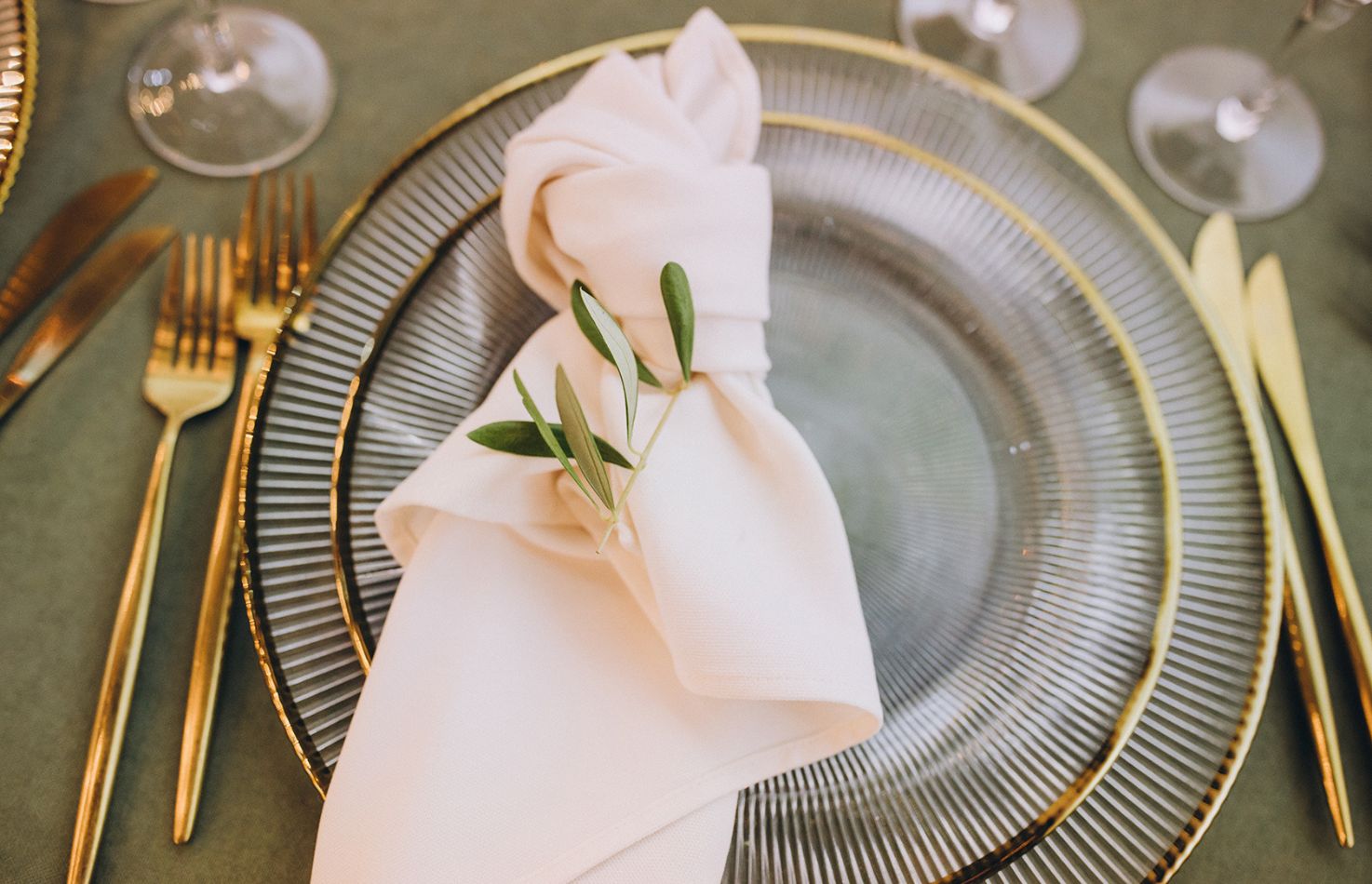

Tableware
On Which Side Of The Plate Do The Napkin And Silverware Go
Modified: August 28, 2024
Learn the proper tableware placement with this helpful guide. Find out where to position the napkin and silverware on your plate for an elegant dining experience.
(Many of the links in this article redirect to a specific reviewed product. Your purchase of these products through affiliate links helps to generate commission for Storables.com, at no extra cost. Learn more)
Introduction
Setting the table properly is an essential aspect of etiquette and hospitality. Whether you are hosting a formal dinner party or simply enjoying a meal with family and friends, knowing where to place the napkin and silverware can elevate the dining experience. This article will guide you through the correct placement of tableware, specifically the napkin and silverware, and provide insights into traditional and modern etiquette.
By understanding and practicing proper table setting, you can create an elegant and inviting ambiance that enhances the overall dining experience. Let’s delve into the intricacies of tableware placement and discover the art of preparing a table with finesse.
Key Takeaways:
- Elevate your dining experience by mastering the art of table setting, from precise placemat placement to the proper usage of silverware and napkin etiquette.
- Whether following traditional or modern etiquette, prioritize guest comfort and enjoyment while infusing your personal style into a memorable and unique dining experience.
Setting the Table
Before we dive into the details of napkin and silverware placement, let’s start by understanding the basics of setting the table. The layout of the table depends on the formality of the occasion. For casual meals, a simple and relaxed table setting is suitable. However, for formal events, a more elaborate arrangement is preferred.
A standard table setting consists of a placemat or tablecloth, dinner plate, salad plate, bread plate, glassware, and, of course, the napkin and silverware. Each item has its designated place on the table, following a specific order and arrangement.
Now that we have a general understanding of table setting, let’s move on to the placement of the napkin and silverware.
Placemat Placement
The placemat serves both a practical and decorative purpose on the dining table. It not only protects the table surface from spills and stains but also adds a touch of elegance to the overall setting.
When it comes to placemat placement, there are a few guidelines to keep in mind. The placemat should be centered and aligned with the edge of the table. It should be positioned about one inch away from the table’s edge to allow sufficient space for the silverware and napkin.
Make sure that each placemat is evenly spaced from the adjacent placemats, allowing for a consistent and visually appealing table arrangement. This attention to detail will contribute to a polished and well-coordinated table setting.
Consider the color and design of the placemat to complement the overall aesthetic of your table. Opt for placemats that harmonize with the tablecloth, dinnerware, and other decorations to create a cohesive and inviting atmosphere.
Now that we have placed the placemat, let’s move on to the next crucial element of tableware placement – the silverware.
Proper Usage of Silverware
Understanding the proper usage of silverware is essential for a polished dining experience. Each piece of silverware has its specific function and place on the table. Let’s explore the correct placement and order of silverware on the table.
Starting from the outermost edge of the place setting, the fork is placed on the left side of the plate. To the right of the plate, the knife is placed with the blade facing inward towards the plate. The spoon is positioned to the right of the knife. If you are serving multiple courses, additional forks and spoons are placed accordingly from the outside in, based on the order they will be used.
If you are serving a salad, the salad fork is placed to the left of the dinner fork. For dessert, the dessert spoon and fork can be placed horizontally above the plate or brought out with the dessert course.
Remember to align the silverware so that the handles are all in line, creating a visually pleasing and organized arrangement. This attention to detail demonstrates your understanding of proper table etiquette and adds an elegant touch to the table setting.
During the meal, it is important to use the silverware correctly. Start with the outermost utensils and work your way in as each course is served. Hold the knife with your dominant hand and the fork with your other hand. When cutting food, use the knife to secure the item and guide the fork to lift it to your mouth. If you are using a soup spoon, it is acceptable to scoop the soup away from you, rather than towards you.
By using silverware properly, you not only showcase your mastery of table etiquette but also ensure a smooth and enjoyable dining experience for yourself and your guests.
Now that we are familiar with the usage of silverware, let’s move on to the placement of napkins on the table.
The napkin is traditionally placed on the left side of the plate, and the silverware is placed on the right side. The fork goes on the left, and the knife and spoon go on the right.
Placement of Napkins
The placement of napkins is an important aspect of table setting and adds a touch of elegance to the overall presentation. Napkins serve not only as a practical tool for wiping hands and mouths but also as a decorative element that enhances the dining experience.
There are various ways to fold and position napkins, depending on the formality of the occasion. Let’s look at the traditional and modern approaches to napkin placement.
Traditionally, napkins are placed on the left side of the dinner plate, either neatly folded or artfully shaped. They can be positioned flat on the table or tucked into a napkin ring for added visual appeal. The napkin should be easily accessible for guests to use during the meal.
In modern table settings, it is also common to place the napkin on the center or left side of the dinner plate. Some hosts prefer to showcase the napkin’s design or fold it into intricate shapes to create a unique and personalized touch.
Regardless of the placement style chosen, it is important to ensure that the napkin placement is consistent for each guest at the table. This uniformity contributes to a harmonious and well-coordinated table setting.
When it comes to using the napkin, the general rule is to unfold it completely and place it on your lap upon sitting down. Throughout the meal, dab your mouth or fingers with the napkin as needed. When temporarily leaving the table, place the napkin loosely folded on the chair or to the left of your plate.
Remember to avoid using the napkin as a tissue or wiping excessive food residue from your face. Instead, use it discreetly and gracefully to maintain an elegant and composed demeanor during the meal.
Now that we have explored the placement and usage of napkins, let’s discuss the evolution of table setting etiquette in modern times.
Read more: On Which Side Is The Napkin Placed
Traditional vs. Modern Etiquette
Table setting etiquette has evolved over the years, reflecting changes in social norms and dining trends. While traditional etiquette provides a solid foundation for formal occasions, modern etiquette allows for more flexibility and personalization.
In traditional table setting etiquette, there are strict rules and guidelines governing the placement and usage of tableware. Each item has a specific position and purpose, and deviation from these rules is considered improper. This adherence to tradition creates an air of elegance and sophistication.
However, modern etiquette takes a more relaxed approach, allowing hosts to incorporate their personal style and creativity into the table setting. While maintaining the basic principles of table setting, modern etiquette encourages individuality and unique interpretations.
For example, in traditional etiquette, the placement of the napkin is often on the left side of the dinner plate. In contrast, modern etiquette allows for alternative placements, such as in the center of the plate or even creatively folded and placed in a decorative holder.
Similarly, modern etiquette does not strictly adhere to a specific arrangement of silverware. Hosts have the freedom to experiment with different styles, mixing and matching different designs and patterns to create a visually appealing and personalized table setting.
One aspect of modern etiquette that remains consistent is the emphasis on hospitality and making guests feel comfortable. Regardless of the formal or modern approach, proper etiquette dictates that hosts prioritize their guests’ needs and ensure a pleasant dining experience for all.
Ultimately, whether you choose to follow traditional or modern etiquette, the key is to be mindful of your guests’ comfort and enjoyment. Creating a welcoming and inviting atmosphere is just as important as the proper placement of napkins and silverware.
As we conclude our exploration of traditional and modern etiquette, let’s recap the key points we have covered.
Conclusion
Setting the table with precision and attention to detail is an art that enhances the dining experience and creates a welcoming atmosphere. Understanding the proper placement of napkins and silverware is essential for executing a polished and elegant table setting.
By following the guidelines of table setting etiquette, you can create a beautiful and organized display of tableware. The placemat provides a foundation for the table setting, while the correct placement of silverware ensures a seamless flow during the meal.
The position of the napkin adds both functional and aesthetic elements to the table setting. Whether traditional or modern, the placement of the napkin should be consistent and accessible for guests to use throughout the meal.
While traditional etiquette offers a structured and timeless approach to table setting, modern etiquette allows for personalization and creative expression. Balancing tradition with individuality can result in a memorable and unique dining experience.
Ultimately, regardless of the etiquette style chosen, the essence of table setting lies in hospitality and creating a comfortable environment for guests. Prioritizing your guests’ needs and ensuring an enjoyable dining experience is key.
So, whether you are hosting a formal dinner party or enjoying a meal with loved ones, let the art of table setting inspire you. Pay attention to the placement of napkins and silverware, infuse your personal style, and create a table that reflects your warmth and hospitality.
Remember, a well-set table is not just about aesthetics—it sets the stage for meaningful connections, shared laughter, and cherished moments around the dining table.
Frequently Asked Questions about On Which Side Of The Plate Do The Napkin And Silverware Go
Was this page helpful?
At Storables.com, we guarantee accurate and reliable information. Our content, validated by Expert Board Contributors, is crafted following stringent Editorial Policies. We're committed to providing you with well-researched, expert-backed insights for all your informational needs.
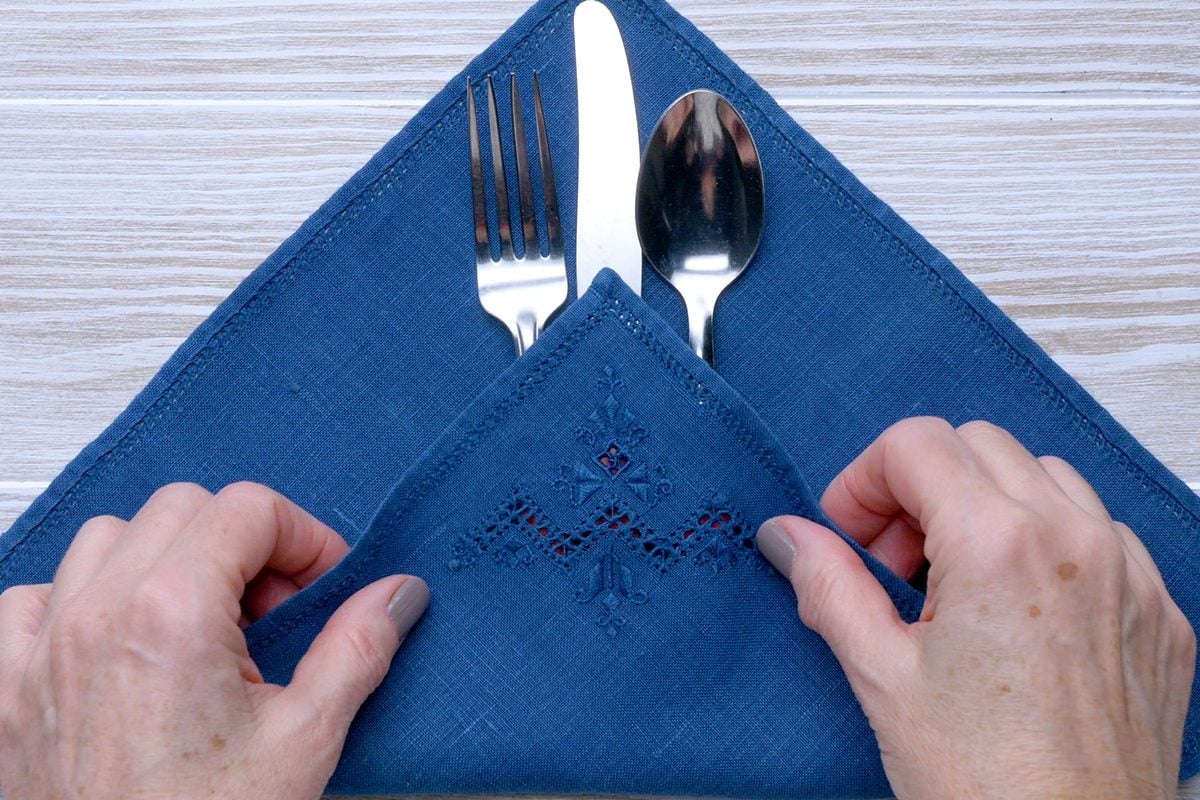
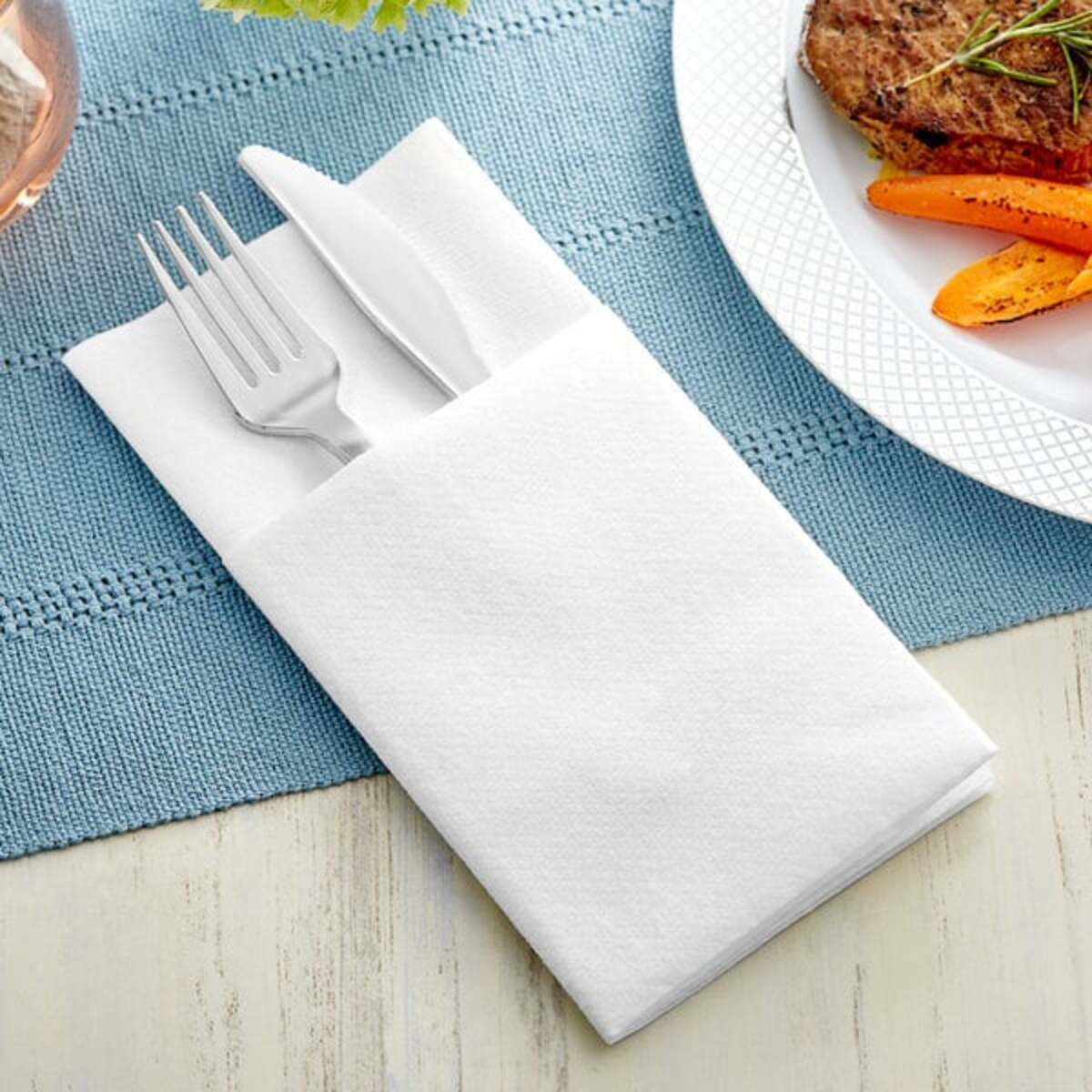
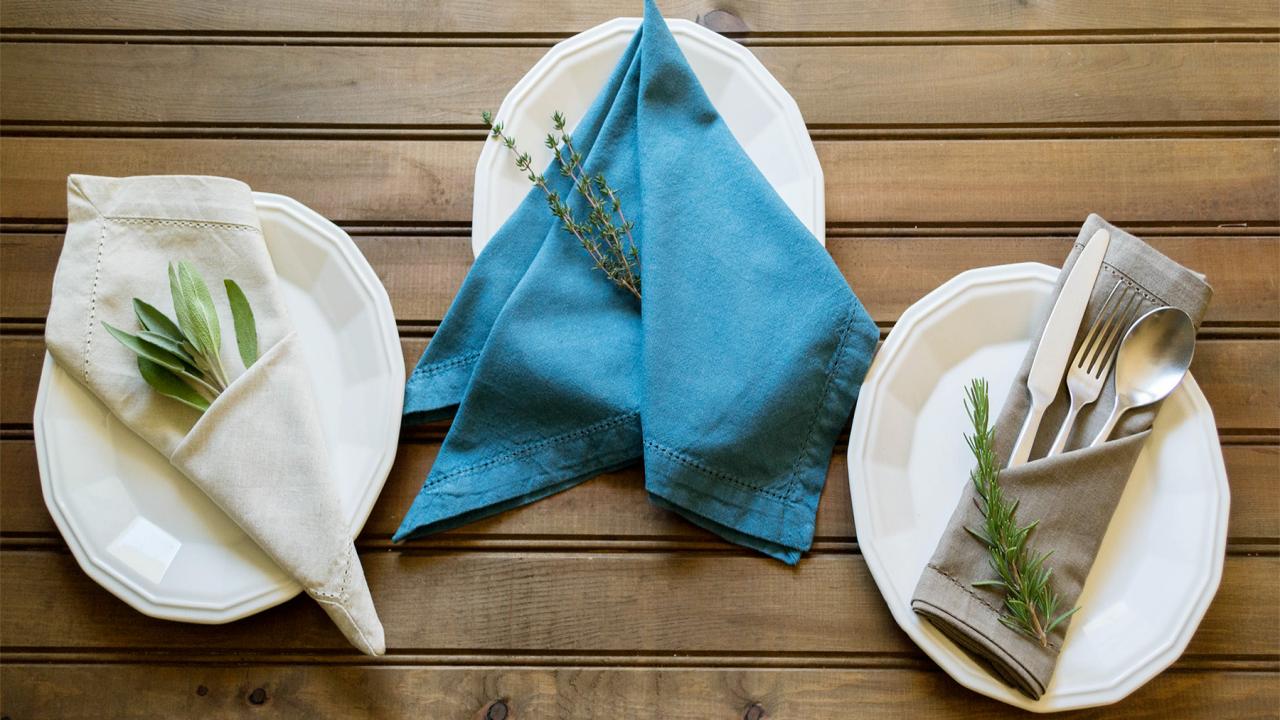
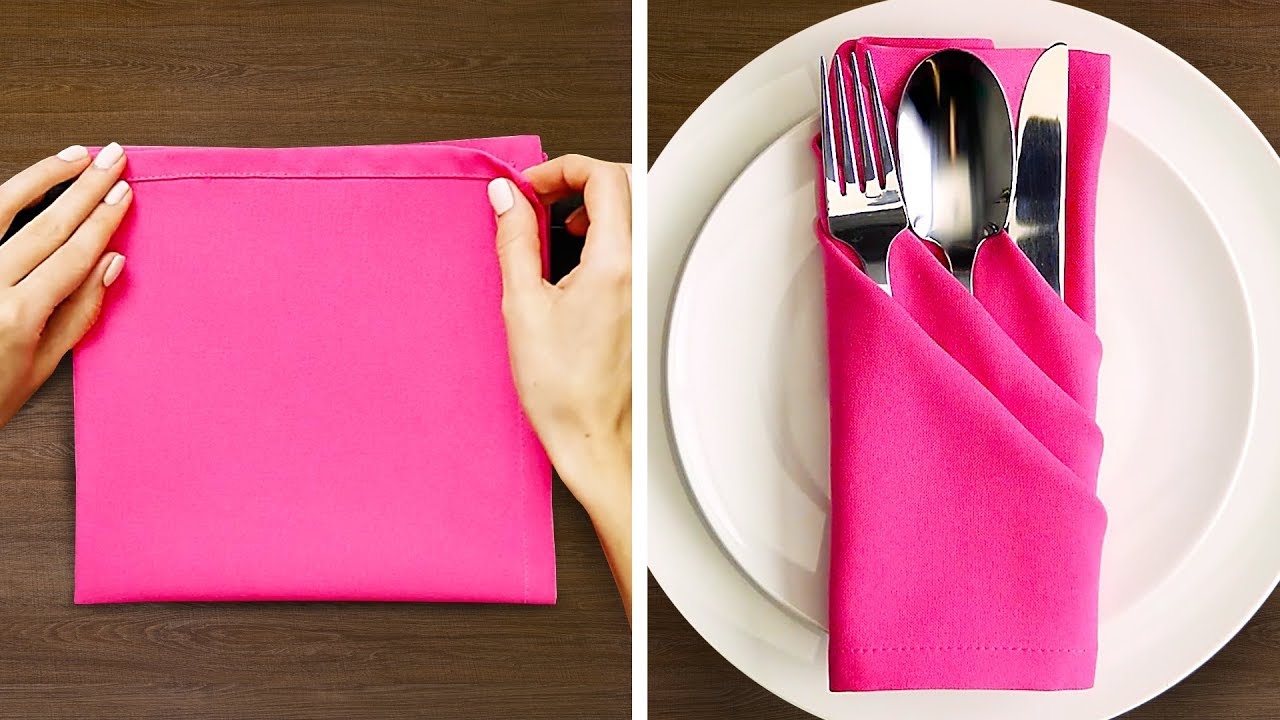
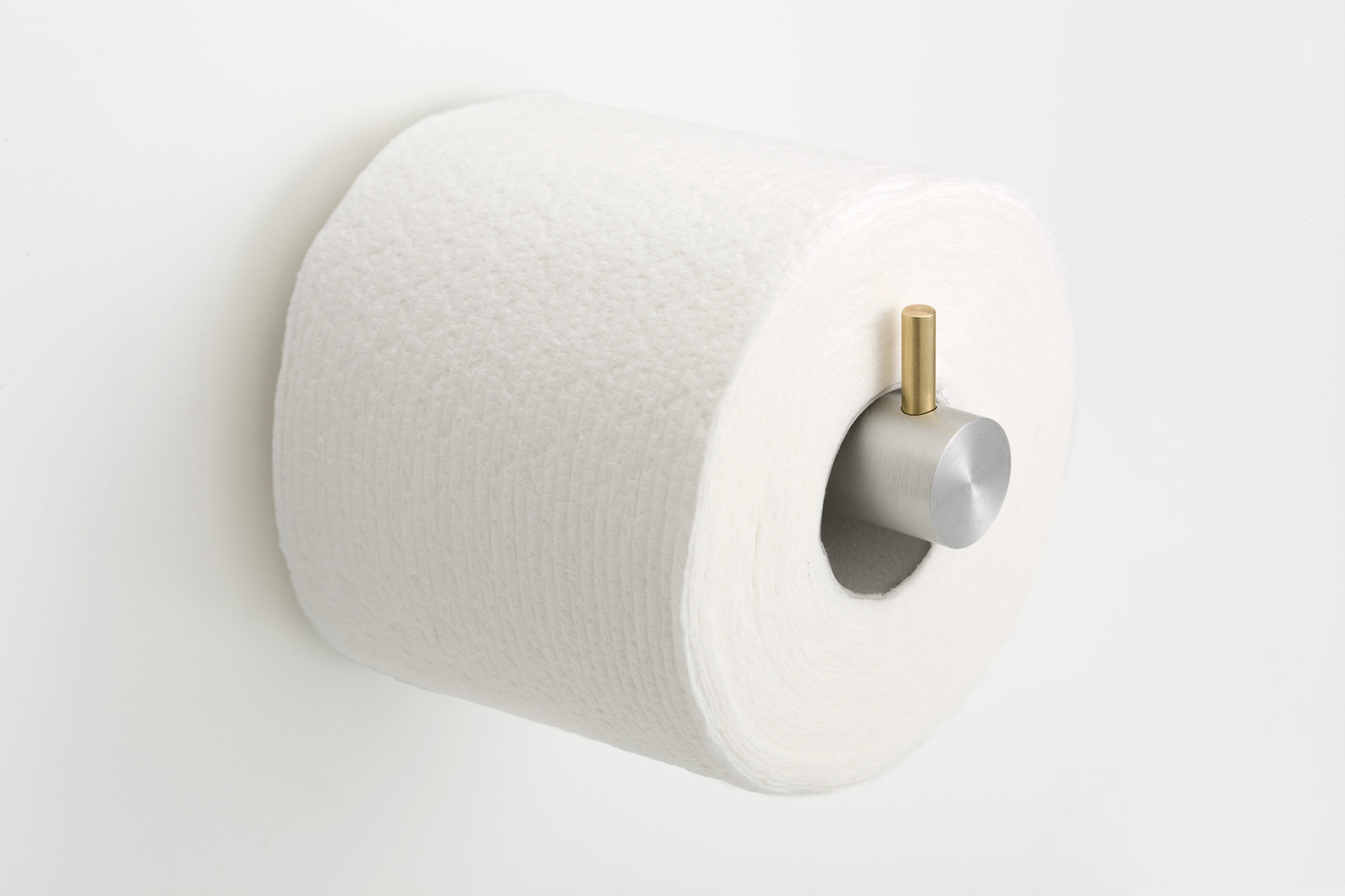
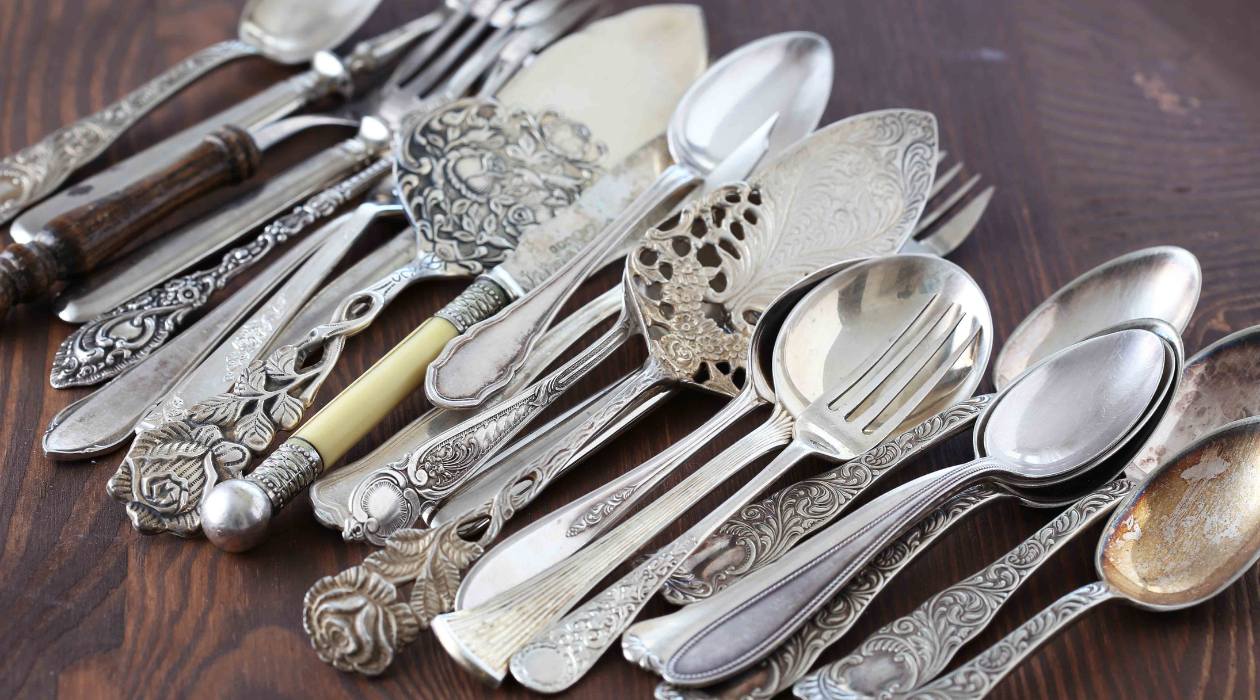
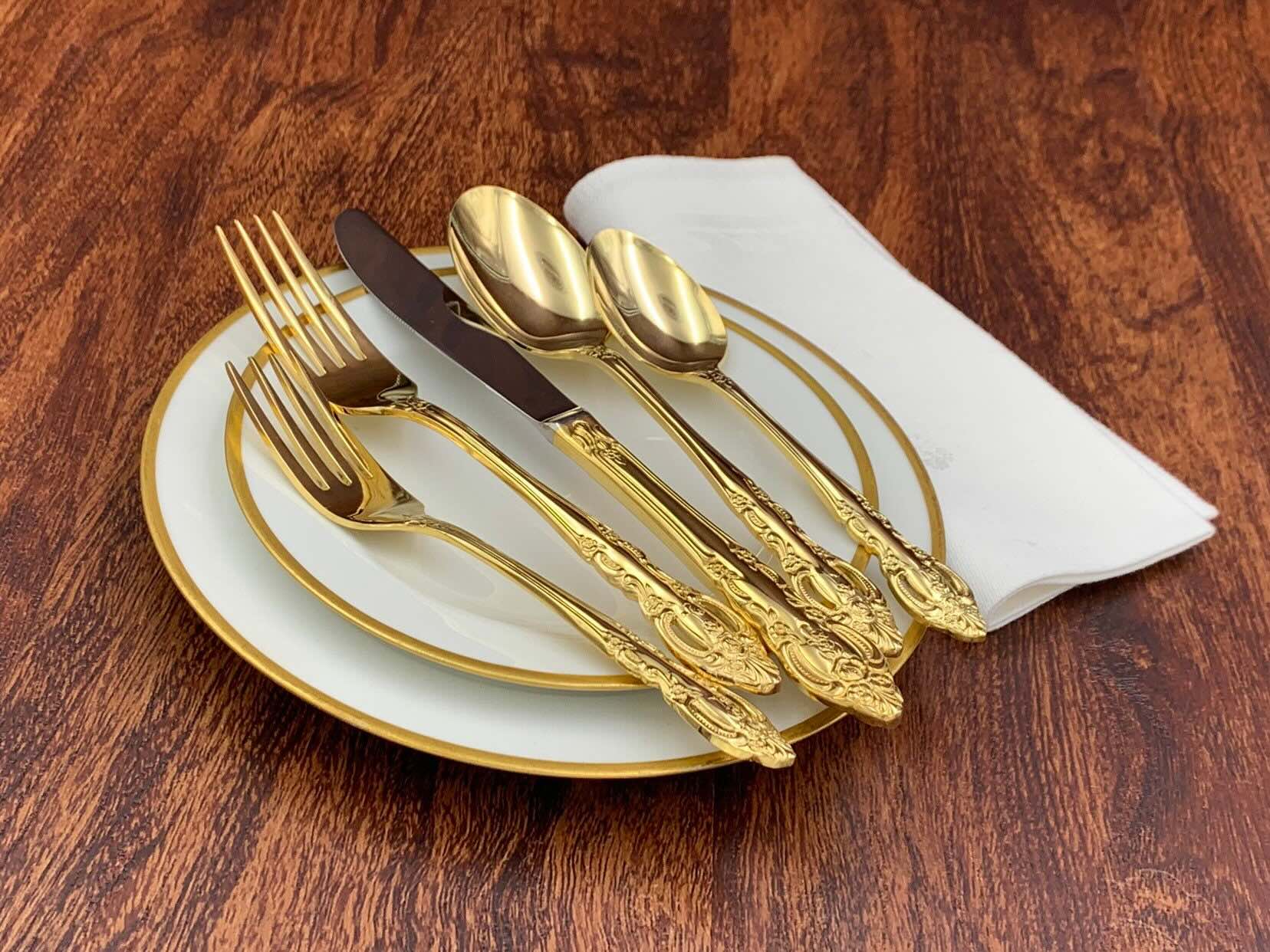
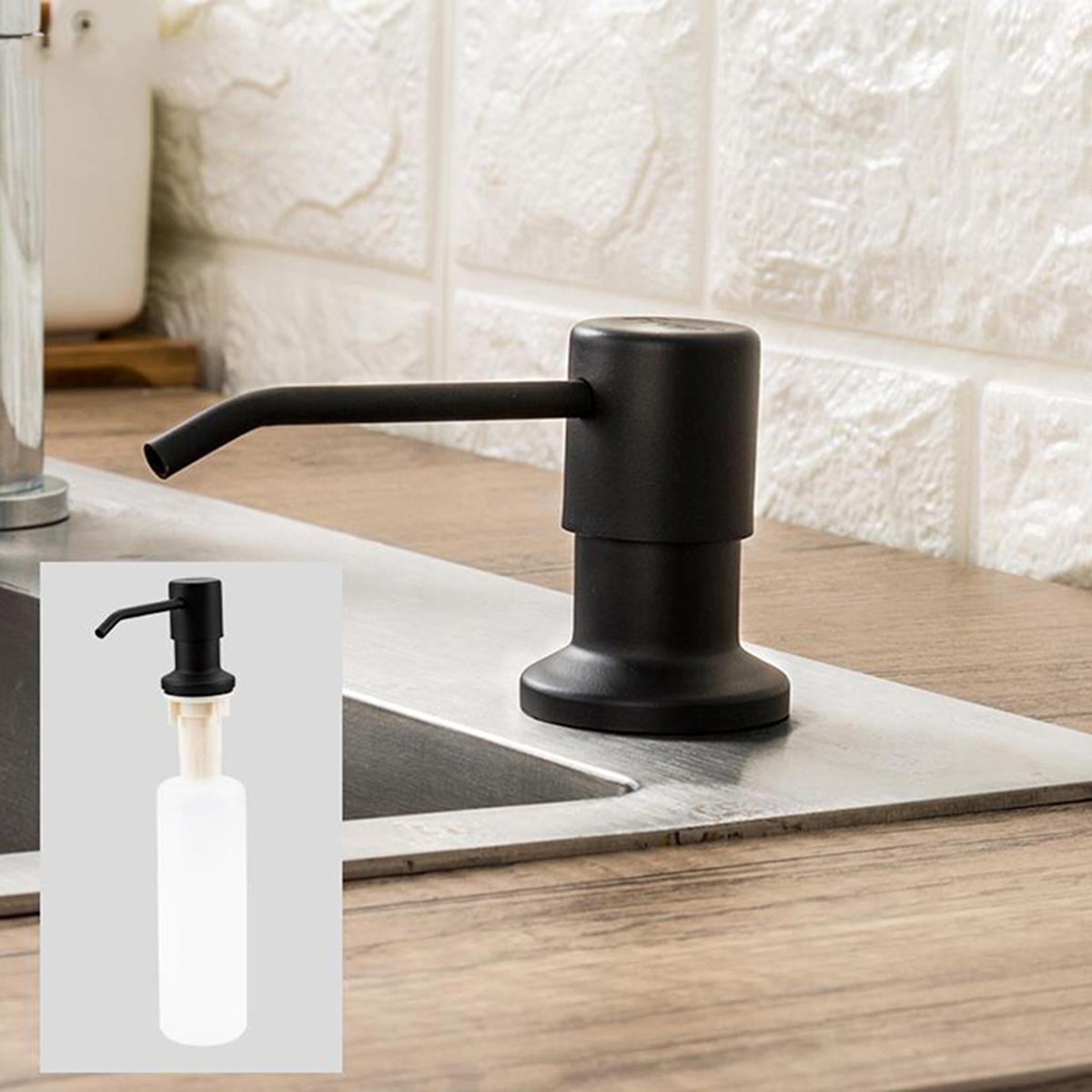
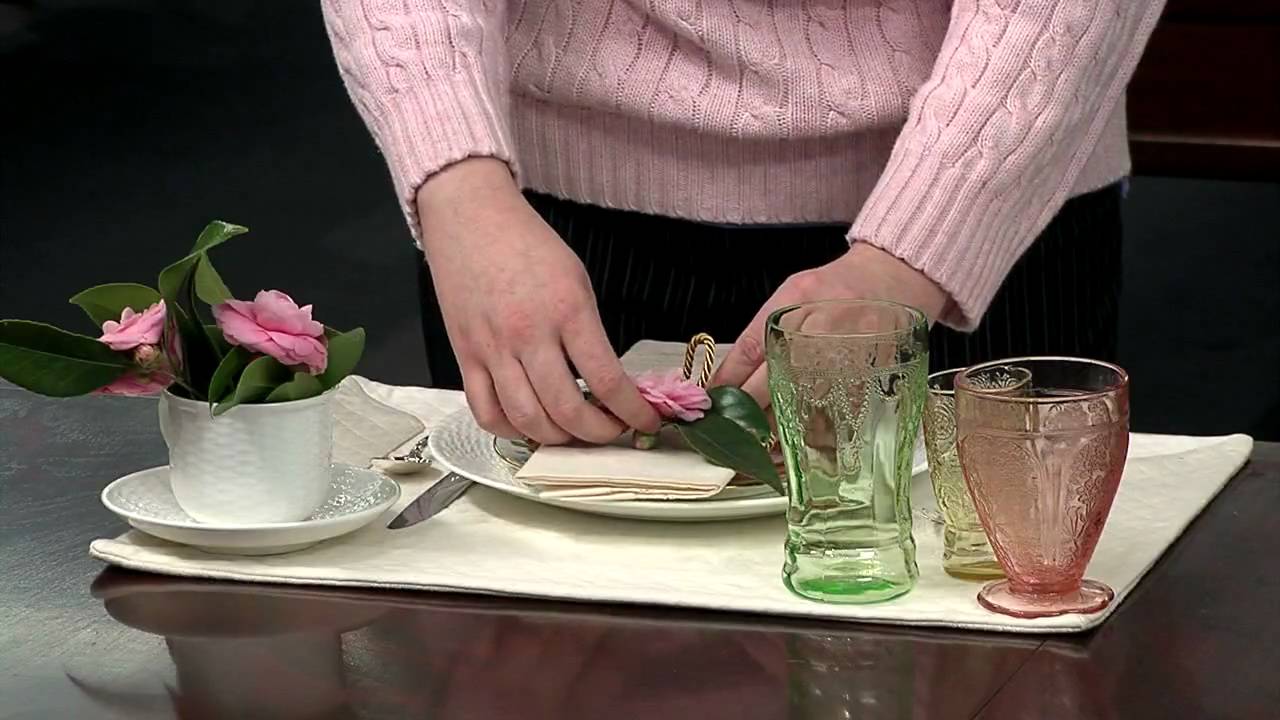
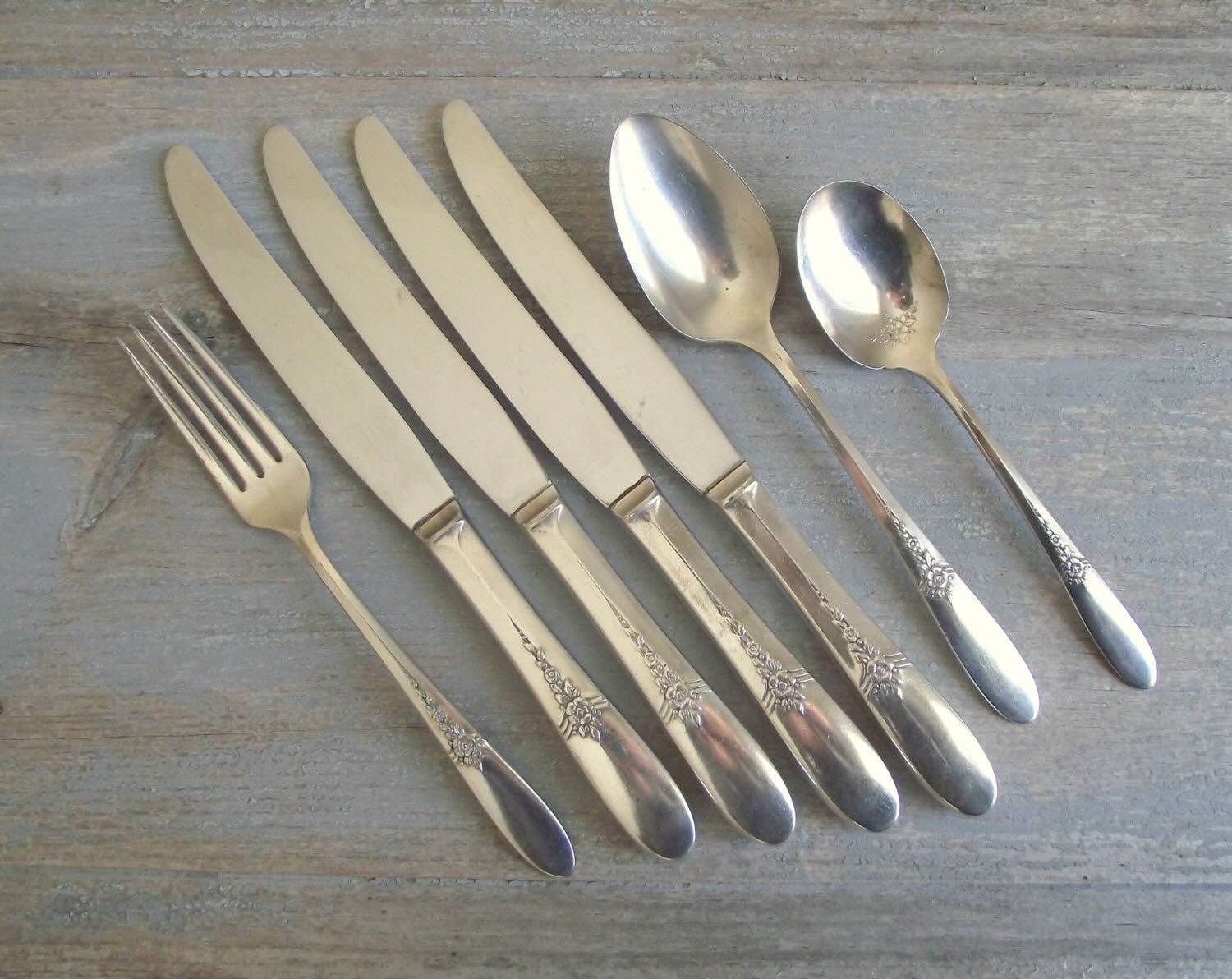
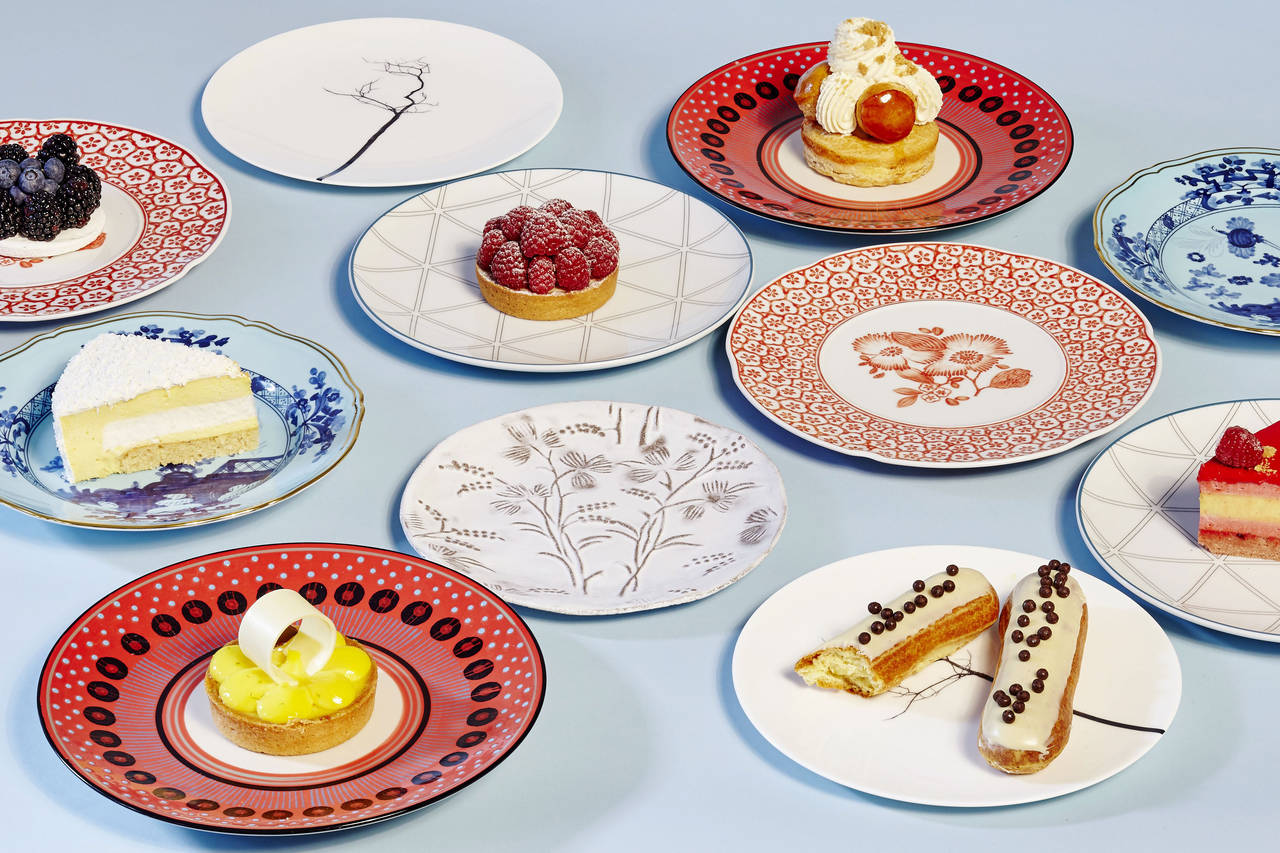
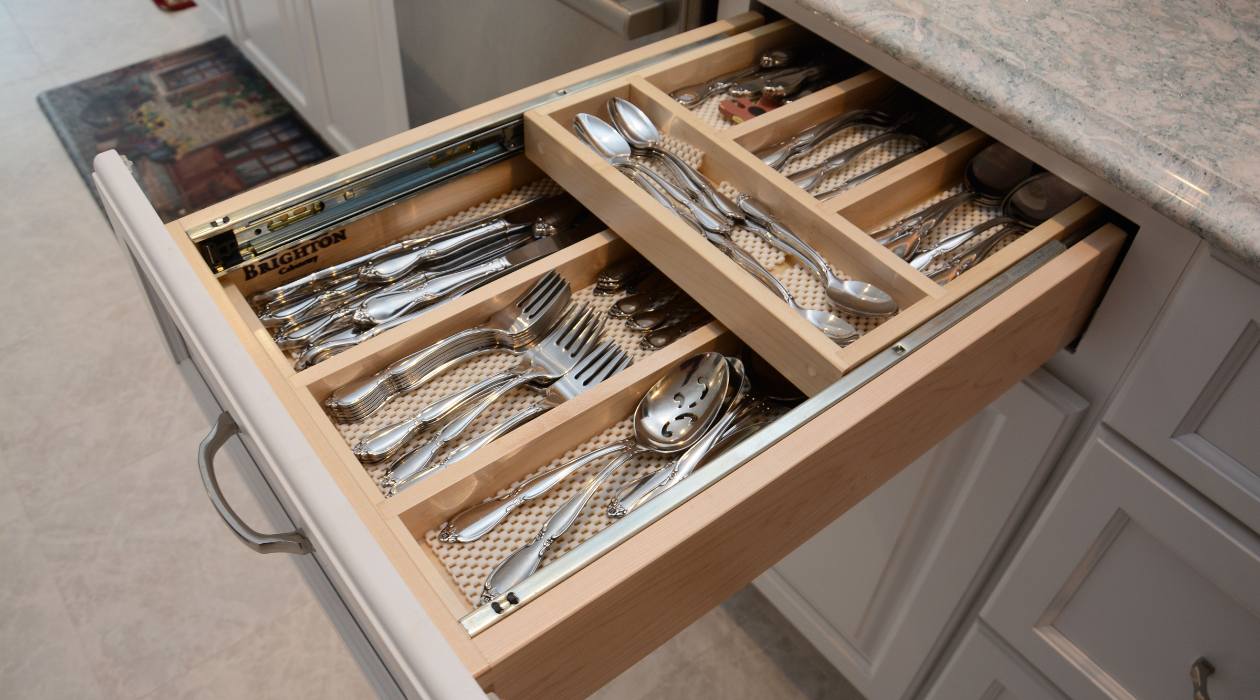
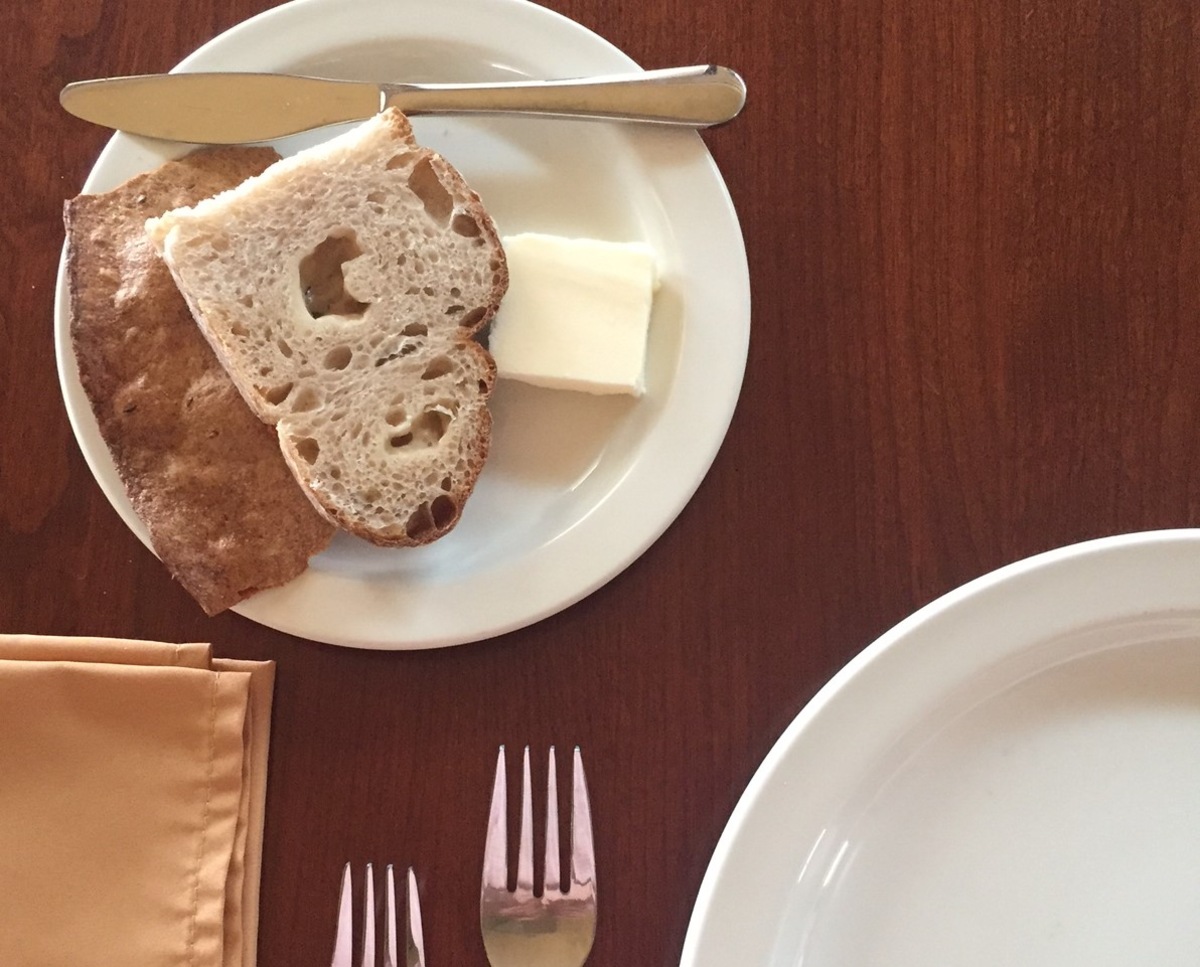
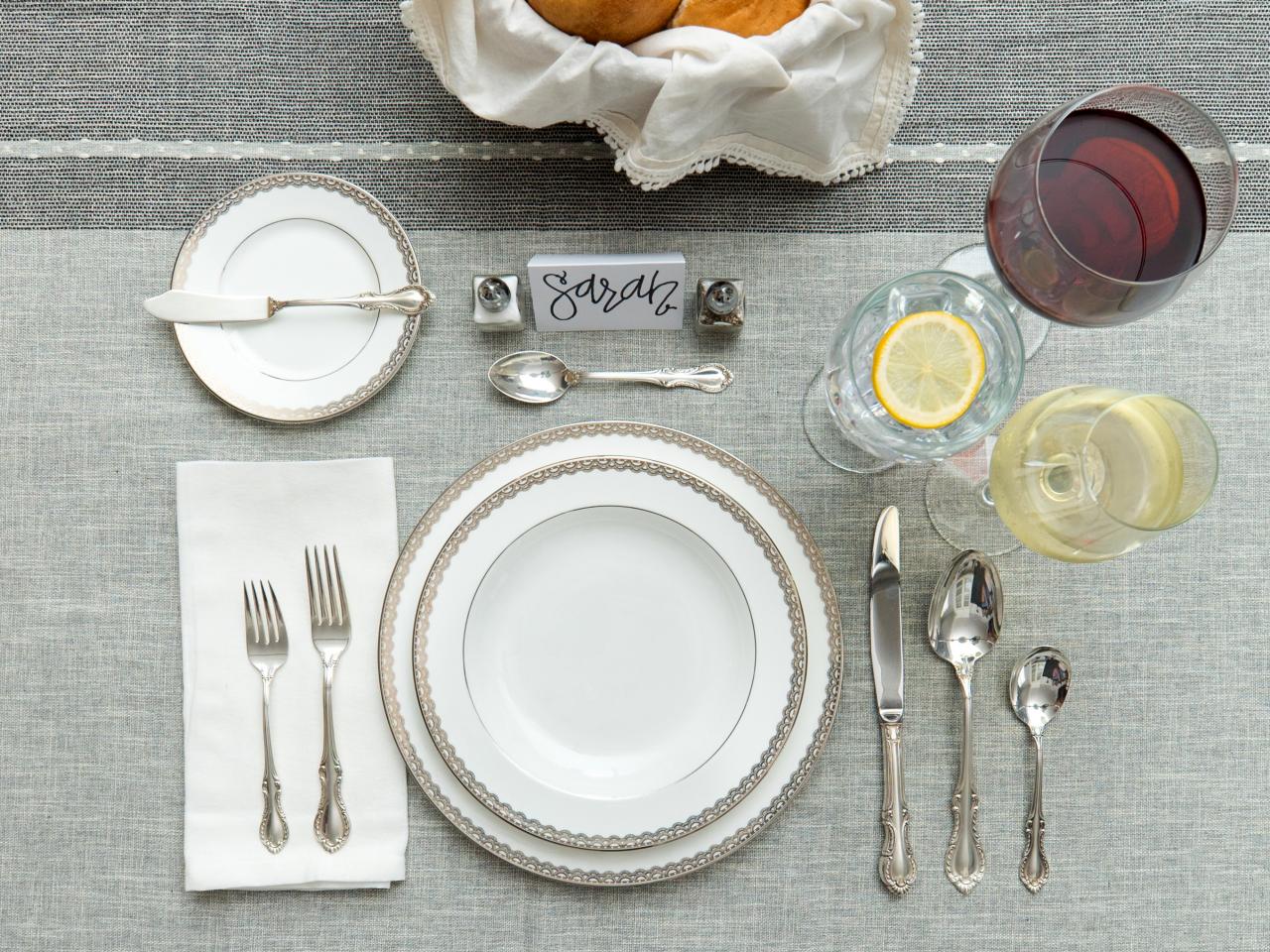

0 thoughts on “On Which Side Of The Plate Do The Napkin And Silverware Go”